Substance-abuse treatment industry grows to keep up with demand
TUCSON – At 19, Joey Romeo had his wisdom teeth removed.
His doctor prescribed 180 pills of hydromorphone, an opioid, to relieve the pain. That triggered a cascade of events that would take him in and out of more than 10 addiction treatment programs in two states.
Romeo, now 25, had tried prescription drugs before. But his mother, Susan Romeo, said after the 180-pill prescription, “There was no going back. He was 100 percent addicted.”
Romeo and his family have accumulated hundreds of thousands of dollars in bills trying to get him off – and keep him off – the pills. His parents have paid insurance copays for Joey’s time at addiction treatment centers. They have paid for stays in sober living homes. And they have paid Joey’s bills while he looks for jobs.
Susan keeps a crate full of the bills, pulling out stacks of them and piling them on the dining room table in her Tucson home.
“I don’t even count it. I would cry,” Susan said. “If I added up all the numbers, I’d probably be beside myself because I don’t want to think about it.”
Cronkite News conducted a four-month investigation into the rise of prescription opioid abuse in Arizona. Dozens of journalists at Arizona State University examined thousands of records and traveled across the state to interview addicts, law enforcement, public officials and health care experts. The goal: uncover the root of the epidemic, explain the ramifications and provide solutions.
Since 2010, more than 3,600 people have overdosed and died from opioids in Arizona. In 2015, the dead numbered 701 – the highest of any year before, or nearly two per day, according to an analysis by the Arizona Department of Health Services.
As the opioid epidemic continues to affect more Americans every year, the substance-abuse treatment industry has grown to keep up with demand. Americans spent $34 billion on substance use disorder treatment in 2014, up from $9 billion in 1986, according to the Substance Abuse and Mental Health Services Administration, a Maryland-based federal agency that aims to improve behavioral health.
It’s difficult to determine the exact number of facilities that provide opioid-addiction treatment in Arizona because the state has varying degrees of regulation. For example, state officials don’t track unlicensed facilities, such as sober living homes, which don’t provide medical treatment. However, there are at least 650 licensed treatment providers in the state.
Those within the industry say they’ve noticed new rehab centers opening in Arizona. Not only are more people becoming addicted, the powerful effect of opioids on the brain makes it common for recovering addicts to relapse – meaning more time in rehab centers and more money out the door.
Experts say the high cost at some facilities, wait lists for centers that accept state-funded health plans, differences in quality of care and a complicated mix of treatment options mean it’s often difficult for addicts in Arizona to access effective care.
Angie Geren, executive director of the nonprofit Addiction Haven and a clinician at a Community Medical Services methadone clinic in Phoenix, helps to guide the families of recovering addicts through the treatment center system.
“Our treatment industry is so splintered. It’s so hard for parents,” she said. “No one has a road map of where to go.”

.jpg)
.jpg)
.jpg)
.jpg)

.jpg)


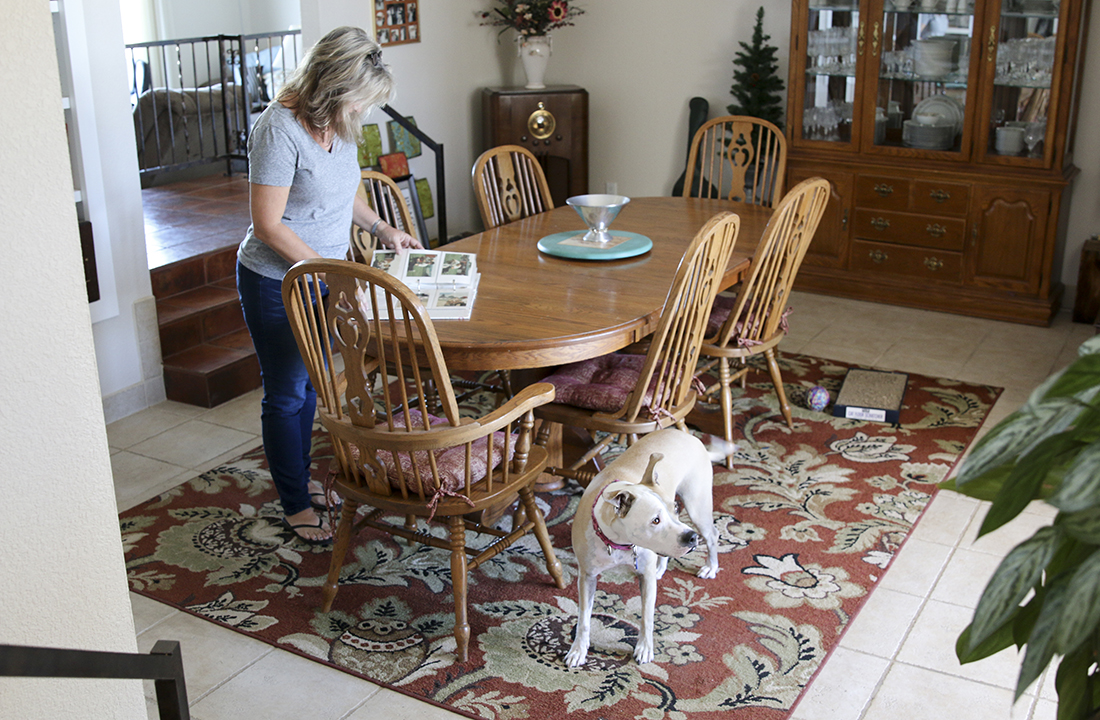
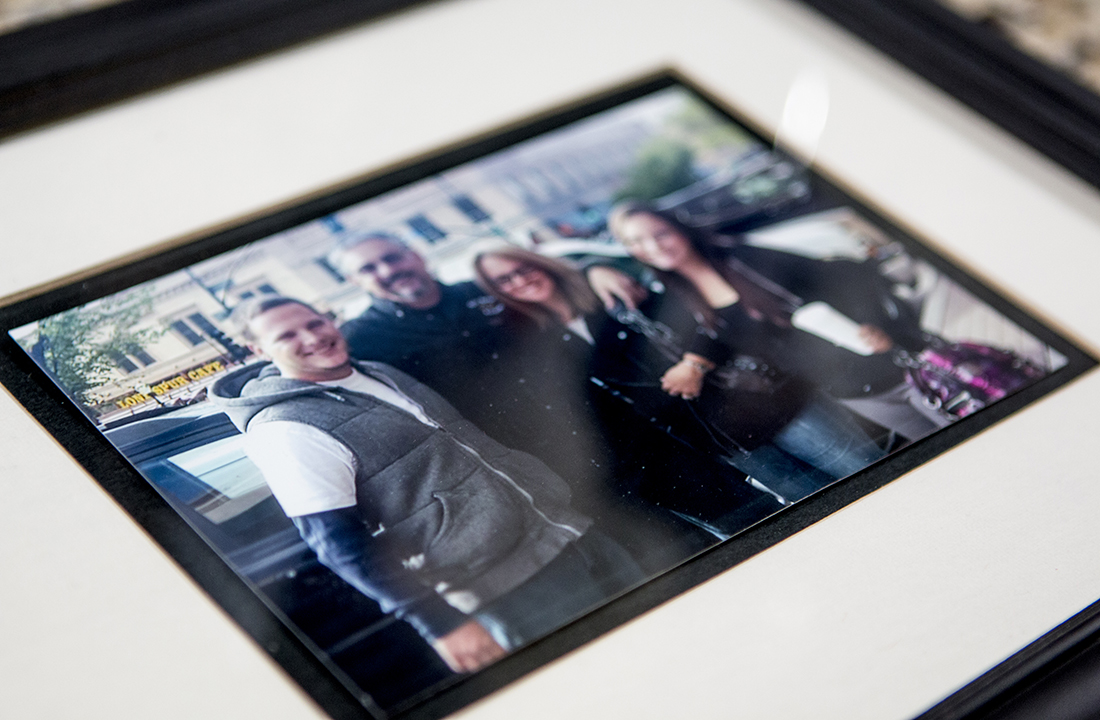
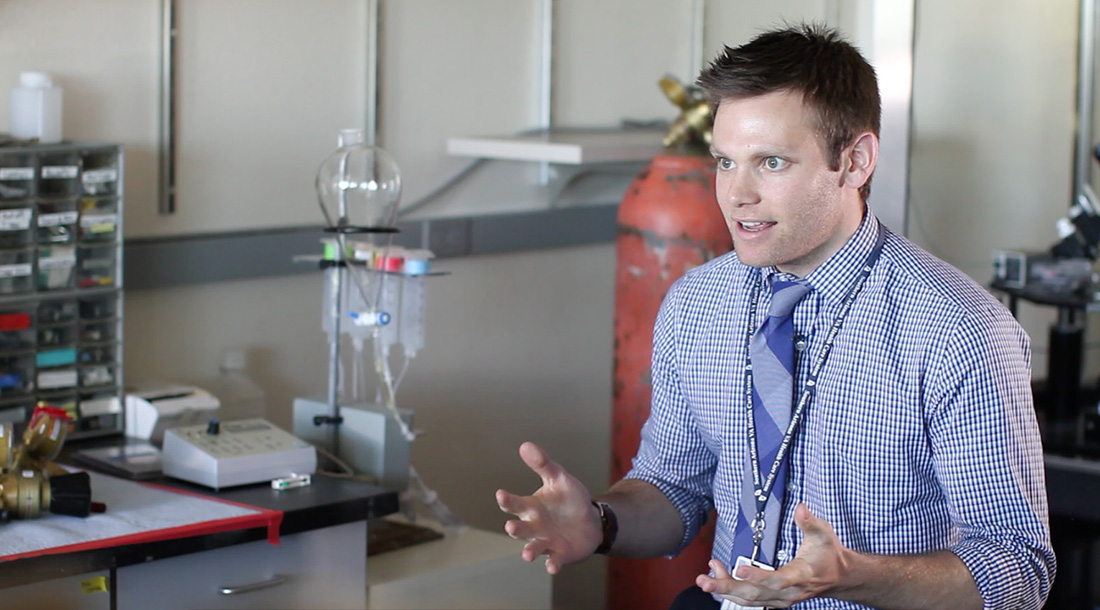
.jpg)
.jpg)
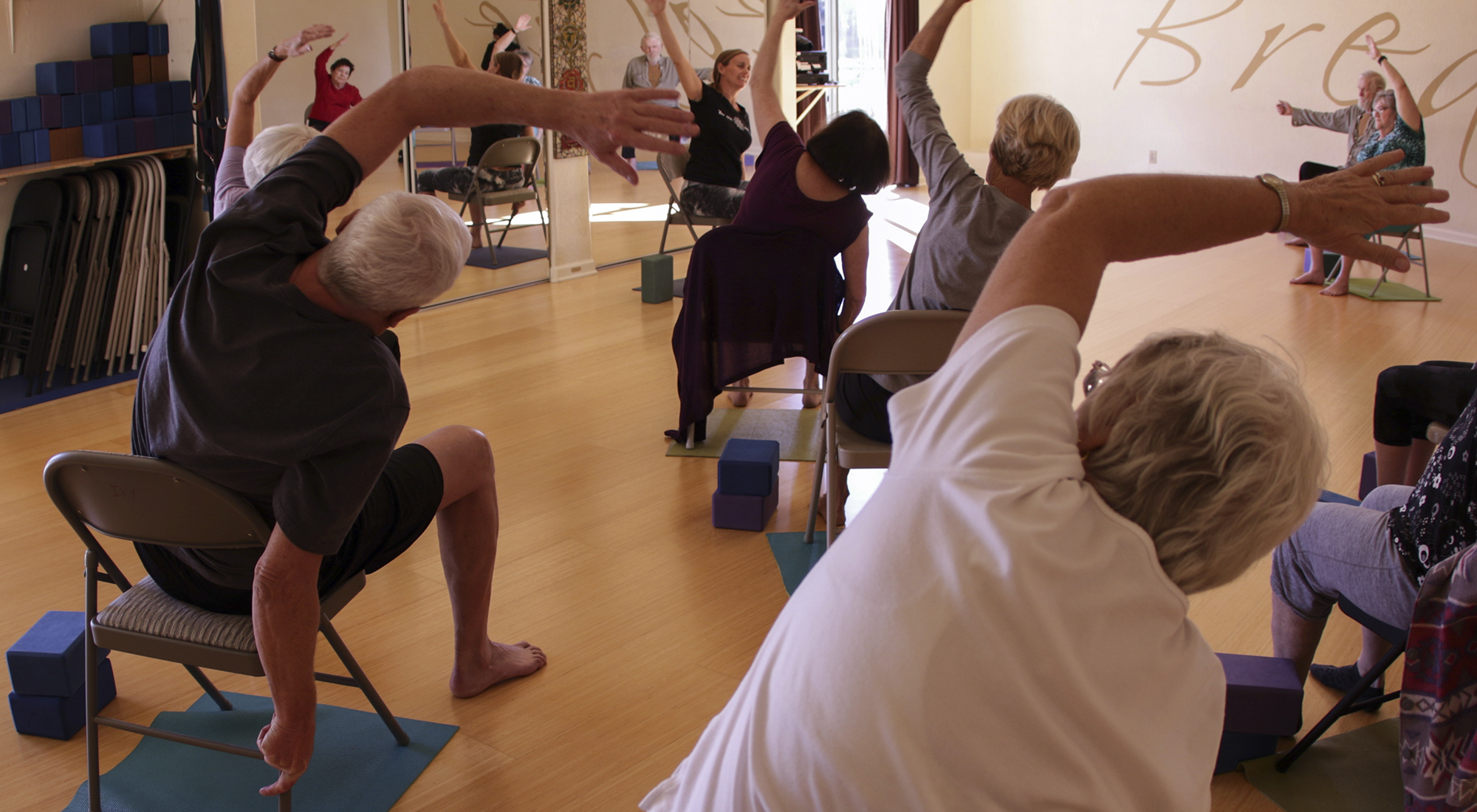
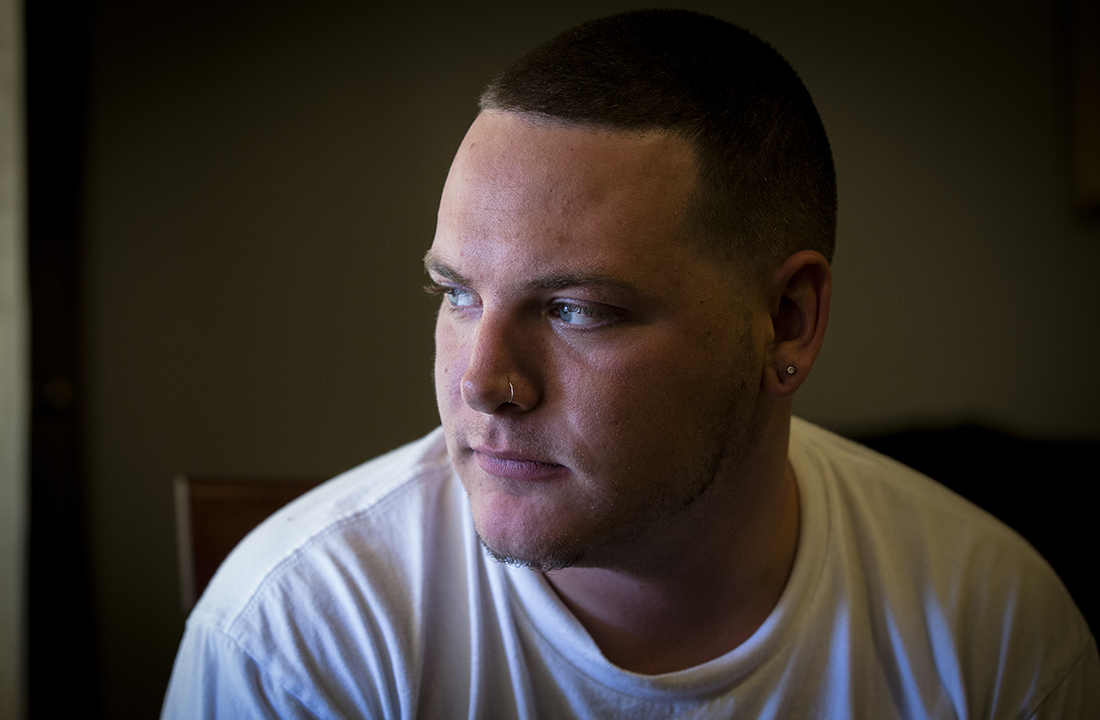
CONNECT WITH US
Connect with our reporters and editors through social media, or call or email an editor from our contacts page.
Sign up for daily headlines